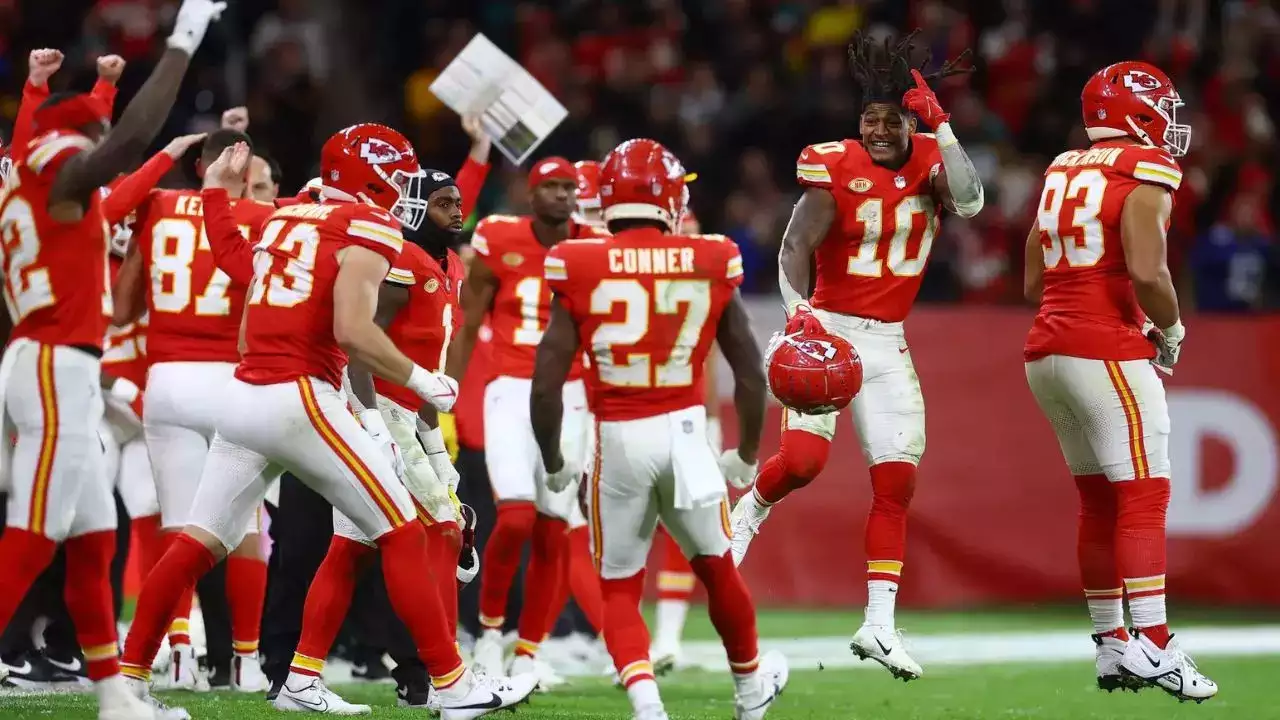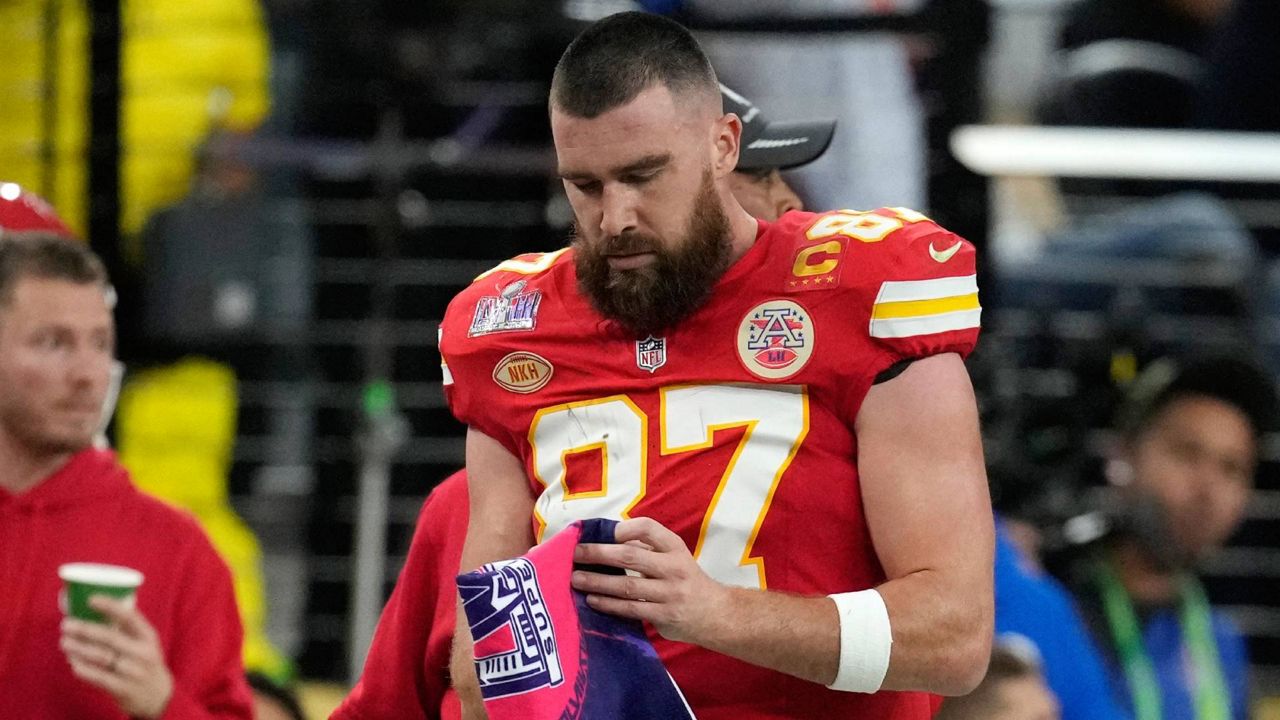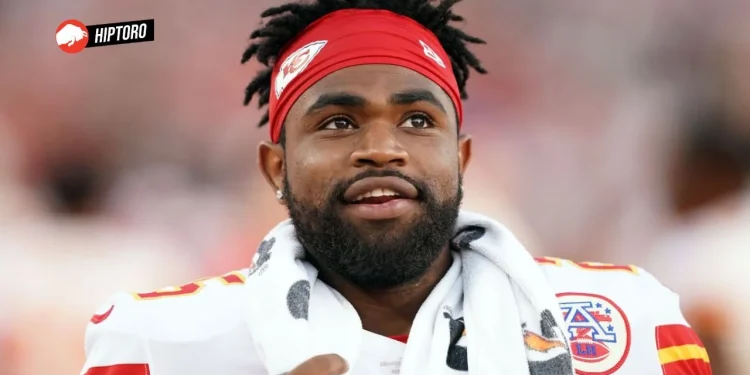The Kansas City Chiefs have subtly shaken up their backfield dynamics, indicating that Clyde Edwards-Helaire’s position as a mainstay might be less secure than previously thought. This off-season saw the team reinforcing their roster with fresh talent from the undrafted free agent pool, suggesting a shift in strategy that could impact the former first-round pick’s standing within the squad.

A Potential Shift in Edwards-Helaire’s Role in Kansas City Chiefs
Despite securing Edwards-Helaire with a one-year extension earlier this year, the Chiefs have notably augmented their running back room with the addition of Emani Bailey from TCU and Carson Steele from UCLA.
This move was first reported by Tom Pelissero of NFL Network, highlighting a potential reevaluation of the running back’s role given the modest financial commitment of just a $1.325 million dead cap hit associated with Edwards-Helaire’s contract.
11 weeks ago, the Kansas City Chiefs were back-to-back Super Bowl Champions! 🏆🏆
pic.twitter.com/bM2v0ZFdVs— Brad Henson Productions (@BradHensonPro) April 28, 2024
Emani Bailey: A New Hope from TCU
Bailey, transferring after two years at Louisiana, has shown significant promise in his recent collegiate performances. In 2023, he boasted an impressive tally of 1,209 rushing yards and eight touchdowns, alongside 25 receptions for 184 yards and another score. His 5.4 yards per carry emphasizes his effectiveness on the ground.
Standing at just 5-foot-7 and weighing 202 pounds, Bailey may share a similar build with Edwards-Helaire but offers a different dynamic with his exceptional balance and strong lower body, potentially bringing a new flavor to the Chiefs’ offensive playbook.
Carson Steele: The Bruising Competitor from UCLA
Originally from Ball State, Steele sought tougher competition, moving to UCLA where he continued to impress. In his most recent season, he accumulated 1,010 scrimmage yards and eight touchdowns from 184 touches.
At 6-foot and 228 pounds, Steele’s physical style as a runner allows him to effectively break through defenses, making him an ideal candidate for goal-line and short-yardage situations. H‘s ability to absorb and relish contact could add a critical element to the Chiefs’ strategy in tighter games.

Implications for Clyde Edwards-Helaire
The inclusion of Bailey and Steele into the Chiefs’ roster paints a complex picture for Edwards-Helaire’s future. After an underwhelming performance relative to the expectations set by his draft position, these recent signings could signal a more competitive environment, or possibly even a pivot away from Edwards-Helaire as a centerpiece of the backfield.
This development could either spur Edwards-Helaire to new heights or see him overshadowed by the emergent talents of his new teammates.
As the new NFL season approaches, all eyes will be on Kansas City’s backfield to see how these dynamics play out. Will Edwards-Helaire rise to the challenge, or will the recruits redefine the Chiefs’ ground game? Only time will tell, but one thing is clear: the Chiefs are not shying away from bold moves to ensure their roster remains competitive in the ever-evolving landscape of the NFL.










